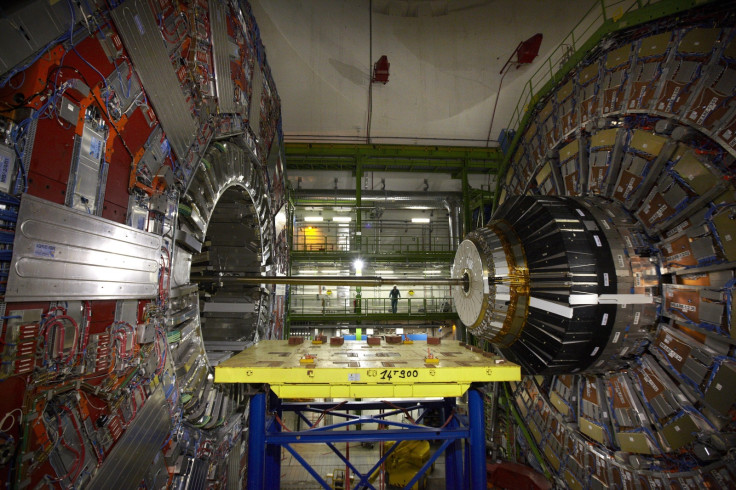Subatomic particles that appear to defy Standard Model points to undiscovered forces

Subatomic particles have been found that appear to defy the Standard Model of particle physics. The team working at Cern's Large Hadron Collider have found evidence of leptons decaying at different rates, which could possibly point to some undiscovered forces.
Publishing their findings in the journal Physical Review Letters, the team from the University of Maryland had been searching for conditions and behaviours that do not fit with the Standard Model. The model explains most known behaviours and interactions of fundamental subatomic particles, but it is incomplete – for example it does not adequately explain gravity, dark matter and neutrino masses.
Researchers say the discovery of the non-conforming leptons could provide a big lead in the search for non-standard phenomenon. The Standard Model concept of lepton universality assumes leptons are treated equally by fundamental forces.
They looked at B meson decays including two types of leptons – the tau lepton and the muon, both of which are highly unstable and decay within just a fraction of a second. The tau lepton and muon should decay at the same rate after mass differences are corrected. But the researchers found small but important differences in the predicted rates of decay.
This suggests there are undiscovered forces or particles interfering in the process. Study co-author Hassan Jawahery said: "The Standard Model says the world interacts with all leptons in the same way. There is a democracy there. But there is no guarantee that this will hold true if we discover new particles or new forces. Lepton universality is truly enshrined in the Standard Model. If this universality is broken, we can say that we've found evidence for non-standard physics."

He said they are now planning a range of other measurements in the hope of confirming their findings: "If this phenomenon is corroborated, we will have decades of work ahead. It could point theoretical physicists toward new ways to look at standard and non-standard physics."
Researchers also noted their research add to previous findings about lepton decay – BaBar experiment - with both experiments (carried out in very different environments) showing the same physical model: This replication provides an important independent check on the observations," co-author Brian Hamilton said. "The added weight of two experiments is the key here. This suggests that it's not just an instrumental effect--it's pointing to real physics."
Gregory Ciezarek, another co-author, added: "While these two results taken together are very promising, the observed phenomena won't be considered a true violation of the Standard Model without further experiments to verify our observations."
Jawahery said future work in this field will become ever more exciting, with experts improving our understanding of how the universe evolved: "For example, we know that dark matter and dark energy exist, but we don't yet know what they are or how to explain them. Our result could be a part of that puzzle. If we can demonstrate that there are missing particles and interactions beyond the Standard Model, it could help complete the picture."
© Copyright IBTimes 2025. All rights reserved.






















